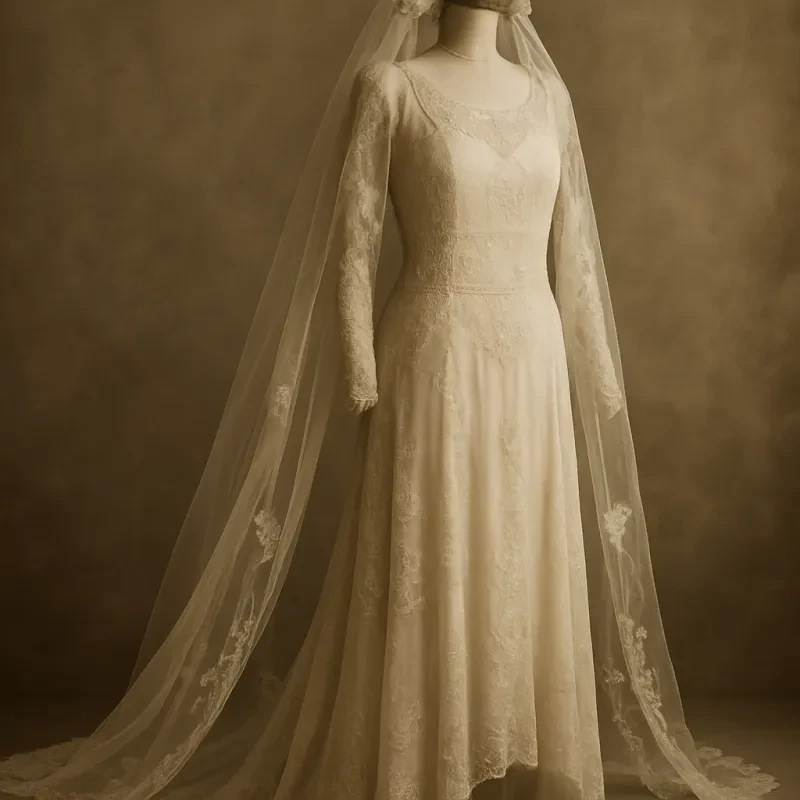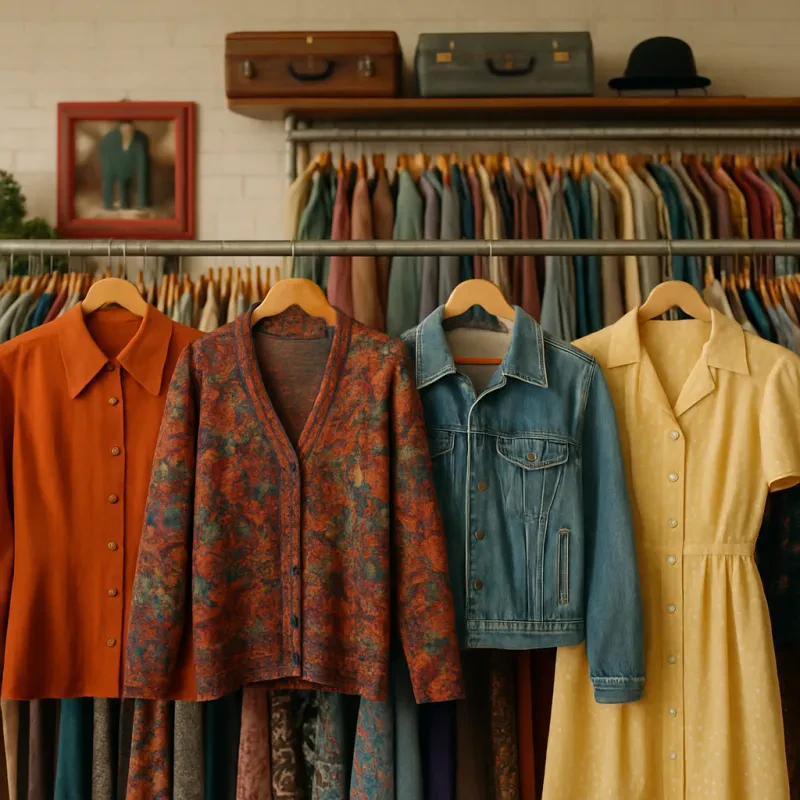In today's fast-paced world, where trends change at the blink of an eye, it is refreshing to look back at the roots of textile craftsmanship. Vintage textiles hold a captivating charm, showcasing the intricate workmanship and impeccable attention to detail that were characteristic of a bygone era. These beautiful creations, however, often suffer from the passage of time, with colors fading and fabrics losing their vibrancy. But fear not, for restoration techniques now allow us to breathe new life into these treasures, reviving their once brilliant hues.
The color restoration process involves meticulous research and examination to identify the original palette used in vintage textiles. Experts carefully analyze the fading and wear patterns, consulting historical records and references to determine the appropriate colors that will best recreate the textile's original splendor. Once the research stage is complete, the true magic begins.
Specialists in textile restoration employ various techniques to reintroduce vibrant hues into vintage fabrics. One such method is color matching, where a small fragment of the original textile is analyzed to identify the precise pigments that would have been used. These pigments are then mixed to recreate the exact shades, allowing for a seamless restoration that can bring the textile back to life.
Restoring color to vintage textiles is a labor of love that aims to preserve the beauty and heritage of these remarkable pieces. The process not only reignites the original aesthetic appeal of the textiles but also grants us a glimpse into the cultural and historical significance they hold. By reviving vibrant hues in vintage textiles, we can appreciate the artistry and craftsmanship of the past while ensuring that future generations can revel in their splendor for years to come.
The Art of Color Restoration: Preserving Vintage Textiles' Splendor
In today's world, vintage textiles hold immense significance for collectors, museums, and enthusiasts alike. They offer a glimpse into a bygone era, showcasing the intricate craftsmanship and beauty of the past. However, the ravages of time often leave these textiles faded, discolored, and devoid of their original vibrancy. This is where the art of color restoration comes into play, as experts employ painstaking techniques to breathe new life into these textile treasures.
Color restoration is a meticulous process that aims to reverse the damage caused by years of exposure and wear. It involves a combination of research, analysis, and application of specialized techniques. Restoration experts start by researching the textile's original colors, consulting historical references, and studying similar textiles from the same period. This knowledge serves as a guide in recreating the lost hues and patterns.
The actual restoration begins with careful cleaning and removal of dirt and pollutants that have accumulated over time. Once the textile is thoroughly cleaned, experts move on to the delicate process of color reintegration. They use various methods, including hand-painting, natural dyeing, or digital color matching, to bring back the original shades that were once vibrant. The goal is to achieve a seamless blend of colors, ensuring that the restoration is as true to the original as possible while respecting the age and fragility of the textile.
Rejuvenating Vintage Fabrics: Unveiling Hidden Colors of the Past
Vintage fabrics hold a certain charm and history that cannot be replicated. Whether it's a cherished family heirloom or a unique find at a thrift store, these textiles often suffer from years of fading and discoloration. However, with modern technology and expert techniques, it is now possible to breathe new life into these vintage treasures, restoring their original beauty and revealing the hidden colors of the past.
Color restoration is a meticulous process that requires delicate handling and extensive knowledge of dyes and fibers. Each fabric is carefully examined to determine the best approach for restoring its vibrant hues. Some fabrics may require careful cleaning to remove dirt and stains that have accumulated over time. Others may need special treatments to address specific issues such as sun damage or chemical reactions that have altered their original colors.
Through a combination of dyeing, pigment application, and color blending, skilled artisans are able to recreate the original shades of vintage textiles. This process not only revives the fabric's beauty but also preserves its historical significance. By unveiling the hidden colors of the past, we gain a better understanding of the fashion trends and artistic styles of bygone eras, allowing us to connect with the past in a tangible and visually compelling way.
Breathing Life into Timeless Treasures: Restoring Vintage Textiles' Glory
Vintage textiles hold a certain charm and elegance that modern fabrics often lack. These time-honored pieces have a unique story to tell, reflecting the artistry and craftsmanship of bygone eras. However, the passage of time can take a toll on these delicate fabrics, causing colors to fade and lose their vibrancy. In order to restore these treasures to their former glory, color restoration techniques have become essential.
Color restoration is a meticulous process that involves reviving the original hues of vintage textiles while preserving their authenticity. Skilled artisans and experts in the field employ various methods to bring life back to faded colors. One such technique is through natural dyeing, using plant-based dyes to replicate the original colors of the fabric. This approach not only rejuvenates the textile but also ensures the preservation of its historical integrity.
Additionally, color restoration may involve careful washing and removal of stains that have accumulated over time. Specialized cleaning techniques are employed, taking into consideration the delicate nature of vintage textiles. Professionals use gentle cleansing agents and advanced processes to ensure that the fabric is not further compromised during the restoration process.
Breathing new life into vintage textiles through color restoration not only enhances their beauty but also allows us to connect with our past. By preserving these treasures, we honor the intricate craftsmanship of artisans from previous generations. Whether it is a handwoven tapestry, an embroidered tablecloth, or a tattered quilt, color restoration breathes fresh vitality into these timeless artifacts, allowing us to appreciate their enduring allure for years to come.


